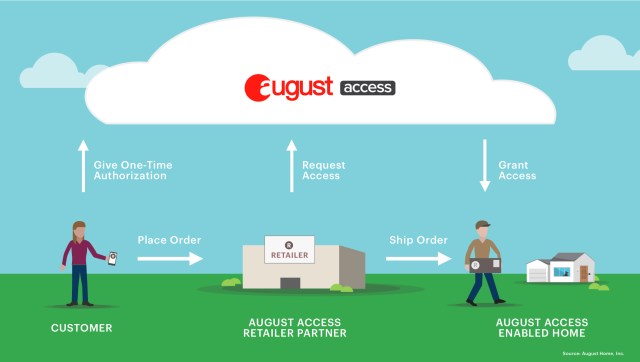When we want candid reviews on smart home appliances — especially in the kitchen — we turn to Ashlee Clark Thompson (that is, when we’re not turning to ourselves). An associate editor at CNET, Thompson covers cooking gadgets and explores how tech will influence the kitchen. Oh, and she’s also a pretty hilarious Twitter poster.
For all these reasons (and more), we’re thrilled to have Ashlee Clark Thompson at the Smart Kitchen Summit in Seattle this October! To prime your palate, we asked her a few questions about her favorite smart kitchen products — and what she looks at when she’s writing a review.
Read the Q&A below:
What’s the number one thing you look out for when reviewing smart home products?
Since most of my work is focused in the kitchen, I look out for how easy it is to use a product with existing recipes. Lots of devices have companion apps that provide a huge catalog of recipes to try, but many home cooks have their go-to meals or recipe cards passed down from grandma. A device should be able to teach me a new recipe, but help me improve upon an old one, too.
Name one connected product you didn’t think you would like, but ended up falling for?
The Pantelligent. It was a $200 smart skillet that connected to your phone to guide you through recipes. I thought it was a kooky concept, but it did exactly what it promised. Plus, it helped me make some great grilled cheese sandwiches during testing. Unfortunately, I think it’s now gone the way of the Juicero.
Envision the smart kitchen of the future. What does it look like? What products does it have in it?
The smart kitchen of the future fits the needs of the person who uses it. Not everyone needs a tricked-out kitchen full of gadgets; folks need tools that will be reliable and meet their needs. For some, that might just mean a wireless digital thermometer and a smart speaker. For others, it might be an entire system that’s connected, from grocery apps to fridge cams to a smart oven.
What are some of your favorite connected products you use in your everyday life?
I use an Echo Dot in the kitchen daily. It’s helpful when my hands are covered in flour or meat, so I can ask Alexa to convert Celsius to Fahrenheit or play some NPR. My Honeywell Lyric thermostat has helped keep my electric bills in check. And my Philips Hue lights have been crucial for reading in bed.
Voice assistants in the kitchen: yay or nay?
See aforementioned flour/meat hands comment.
—
Thanks, Ashlee! If you want to hear more about the tools she think will shape the future of the connected kitchen, snag your tickets to the Smart Kitchen Summit on October 8-9th in Seattle.











 For Walmart, this provides a final last-100-feet solution that could be valuable for consumers. The challenge will be taking this offering and scaling it to a wider audience. In Silicon Valley (where the trial is taking place), smart locks are probably pretty common. In Arkansas, probably not as much. One eventual solution could involve Walmart subsidizing the cost of a smart lock when delivery customers sign up for a year of home delivery.
For Walmart, this provides a final last-100-feet solution that could be valuable for consumers. The challenge will be taking this offering and scaling it to a wider audience. In Silicon Valley (where the trial is taking place), smart locks are probably pretty common. In Arkansas, probably not as much. One eventual solution could involve Walmart subsidizing the cost of a smart lock when delivery customers sign up for a year of home delivery.



